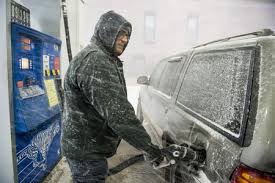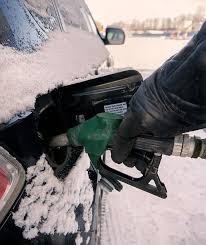
In apparent response to growing optimism that the COVID-19 vaccine will increase travel and gasoline demand, gasoline prices continue to rise with a new national average of $2.46.
Oklahoma’s average is $2.19, up three cents in the past week and 16 cents higher than a month ago.
Oklahoma City’s average is $2.17, four cents higher than a week ago and 14 cents more than one month earlier. Tulsa’s average is $2.16, down four cents in the past week and 14 cents higher than 30 days ago.
Lawton has the lowest municipal average at $2.06 which represents a two cent a gallon increase in the past week and 15 cents higher than one month ago when the average was $1.91.
The state’s cheapest gasoline is found in Cotton County next to the state line where drivers in the county seat of Walters are paying an average of $2.04. Motorists in Durant pay an average of $2.10 while the pumps in Norman average $2.13.
The highest average in the state is $2.60 in Harmon County in the southwest corner of the state. Most western counties in Oklahoma have the highest average with Ellis at $2.44 in the Northwest.

Oklahoma’s state average of $2.19 compares to $2.23 in Kansas; $2.37 in Colorado; $2.35 in New Mexico; $2.17 in Texas; $2.22 in Arkansas and $2.20 in Missouri.
Word from AAA Oklahoma is that we will continue to see growing increases at the pumps. The national average of $2.46 was the first time in 340 days that it was more expensive than a year ago.
AAA reported that nearly two-thirds of all state gas price averages are more expensive year-over-year.
“Consumers can expect to continue paying more to fill up this month, potentially up to 10 cents more a gallon, depending on how high crude goes,” said Jeanette Casselano McGee, AAA spokesperson. “If demand grows, that will further fuel pump price increases.”
On the week, 46 state gas price averages are more expensive with 13 states seeing a nickel or more increase. Motorists in Florida (+11 cents), Michigan (+11 cents) and West Virginia (+10 cents) saw the largest weekly increases.
Source: AAA






